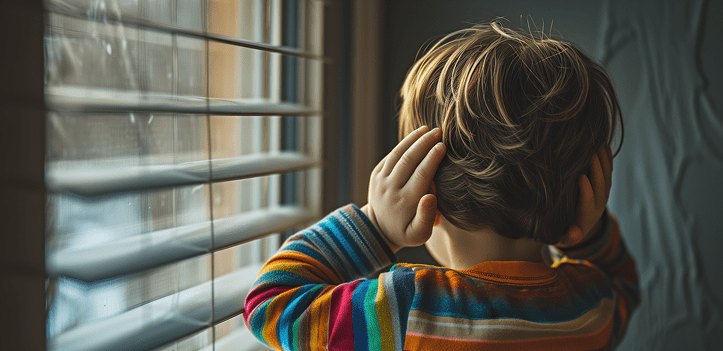
PAEDIATRIC AUDIOLOGY SERVICES
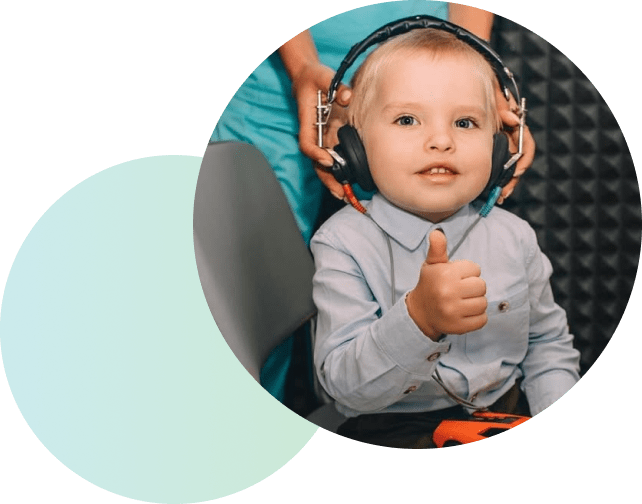
Does my child have a hearing loss?
A hearing problem often goes unnoticed, especially in young children. Understanding that there are various degrees and types of hearing impairment is crucial for parents and caregivers.
Children may respond to some sounds in familiar settings, but they might struggle to hear important ones. For example, a child with hearing difficulties may not react when you’re out of sight, might only respond to loud sounds while missing quieter cues, or could find it challenging to hear in noisy environments such as school or the supermarket. Additionally, noticeable changes in a child’s behaviour can signal potential hearing issues.
Some assessments will require your child to be alert and engaged in un “play listening games” with our team, while others may necessitate that your child remains still or even sleeps during the process.
Don’t wait to address your child’s hearing needs. For more information and support, contact us at hello@gatwickaudiology.co.uk or call 0333 011 7717. We’re here to help you every step of the way.
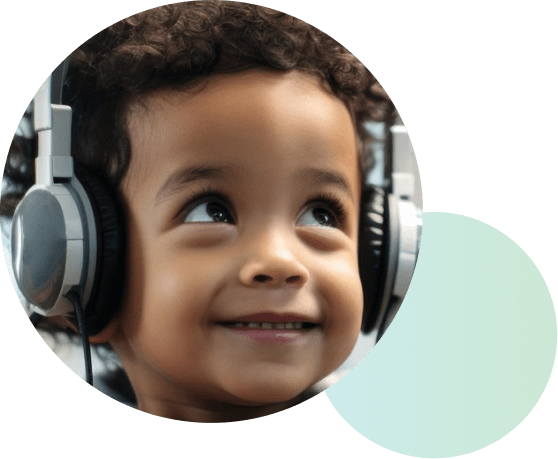
Gatwick Audiology Paediatric Audiology Services for Pre-School Aged Children
Gatwick Audiology Paediatric Audiology Services for School-Aged Children
Types Of Hearing Tests For Children
Play audiometry, pure tone audiometry, bone conduction testing and tympanometry and visual re-inforcement audiometry or VRA may all be undertaken as part of a child’s hearing test.
We kindly ask that children are willing to let us examine their ears. To help ease any apprehension, we encourage you to introduce headphones to your child before the appointment, as they may need to wear them during the testing. Our caring Paediatric audiologists are dedicated to conducting gentle, age-appropriate assessments in a warm and friendly environment, ensuring your child feels safe and supported throughout the process.
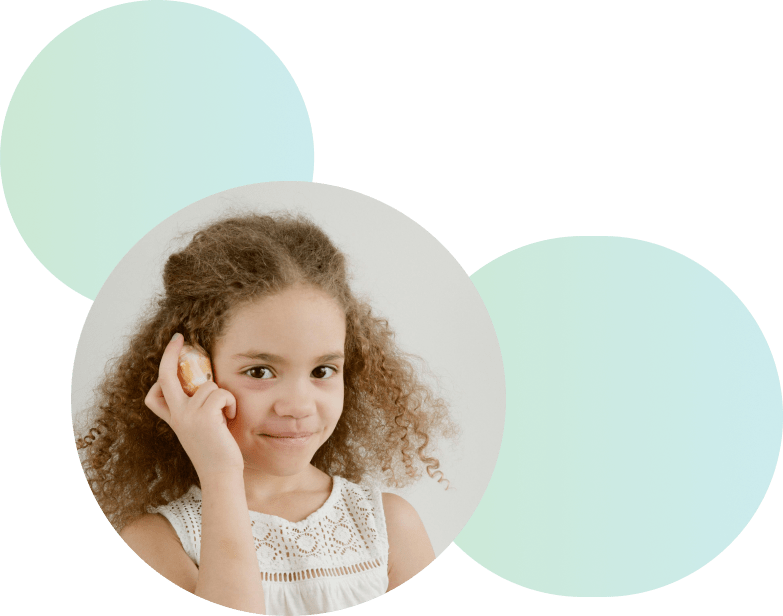
We will ask you a number of questions about your child and their medical and hearing history when you book your appointment.
Play Audiometry (2 – 6 years old)
This test involves finding the quietest sounds your child can hear by engaging them in a game every time they hear a sound. Such as teaching the child to respond to a test tone by putting a peg into a board or other activity they find rewarding. This way a full hearing assessment can be obtained whilst having fun at the same time. The audiologist will be testing whether there may be a problem with sound travelling through the ear, or with the inner ear.
Pure Tone Audiometry (3.5 years +)
This test is designed with care, similar to an adult hearing assessment, and aims to be gentle and straightforward. During the test, your child will listen to a variety of sounds through headphones. They will only need to press a button each time they hear a sound. Our team is here to provide support and reassurance throughout the process, ensuring that your child’s hearing remains healthy and that they feel comfortable every step of the way.
Visual Reinforcement Audiometry (VRA) (6 months - 2.5 years)
This test measures how well infants aged six months to two-and-a-half years can hear. The child sits on a parent’s lap while the audiologist plays sounds to one ear. The child learns to look at a toy when they hear a sound. The audiologist decreases the sound until finding the softest sound the child can hear, testing different pitches for complete hearing data.
An Otoacoustic Emission (OAE) (Infant+)
A hearing screening test checks how well a child’s inner ear responds to sounds, especially for infants who can’t take behavioral tests. A small probe is placed in the ear, playing soft clicks that measure vibrations. If it detects otoacoustic emissions (OAEs), the inner ear is functioning well. The child should stay still and quiet during the test.
Tympanometry
Tympanometry involves placing a soft rubber tip into your child’s ear and lightly changing the pressure to test for any issues with their middle ear. This test is quick and automatic, making it suitable for children of all ages. This test is very important in checking for middle-ear problems such as glue ear.
About your appointment
We will ask you a number of questions about your child and their medical and hearing history when you call to book your appointment.
GLUE EAR IN CHILDREN
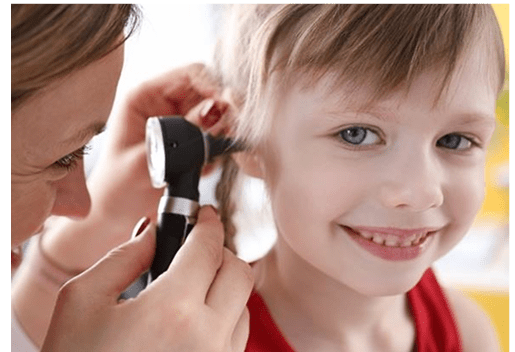
A common ear complaint with young children is Glue Ear, which occurs when fluid has built up inside the middle ear, preventing the eardrum from moving freely. This leads to sound no longer being able to pass through the ear as efficiently as it should, resulting in the loss of hearing in one or both ears.
Paediatric Grommet Surgery
The condition affects around 7 in 10 children before the age of 7 and can have an impact on the child’s speech development, their behaviour, and, as a result, their educational development. For most children, glue ear improves on its own within three months, and the child’s hearing improves as fluid drains from their ears.
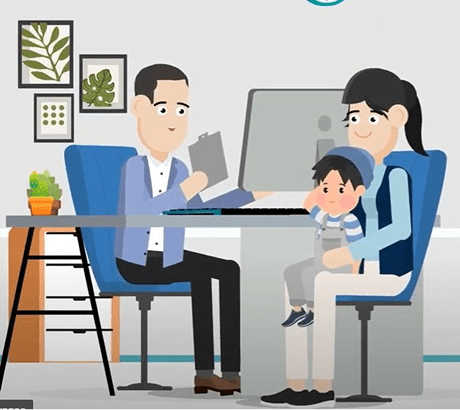
What causes it?
Colds and flu, allergies and passive smoking can all play a part in someone suffering from glue ear. Children with cleft lip and palate, or with genetic conditions such as Down’s syndrome, may be more susceptible. Many children suffer from the condition when they have a heavy cold but, positively, the symptoms of will clear up naturally once the cold has gone.
How is glue ear treated?
If a child is found to have the condition, they should have a hearing test to establish the level of hearing problems. If the condition is confirmed alongside hearing loss, it is a good idea to try the Otovent balloon®. This simple device can be bought from us here – https://gatwickaudiology.co.uk/ product/otovent-balloons/ and uses a balloon that the child blows up with their nose. Doing this regularly has been shown to help some children with glue ear get better.
If the condition does not get better after three months and another hearing test continues to show hearing loss, then the child will usually be offered grommet surgery or, in some cases, a hearing aid or with the temporary use of an ADHEAR. Further details can be found below.
ADHEAR BONE CONDUCTION SYSTEM
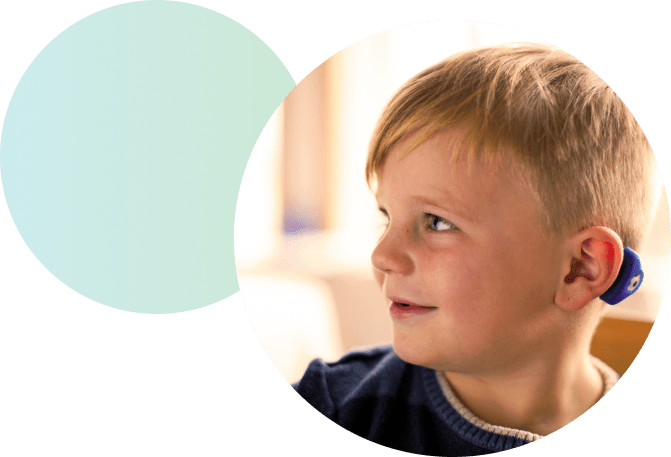
ADHEAR is a great non-surgical device which is available from us on a loan arrangement for children who may need it for a period of a few months until their surgery is complete. It is aimed at children with a conductive hearing loss. Microtia, Atresia and can also be used as a temporary solution for children with Glue Ear. Suitable for all ages, it also has a lockable battery door meaning it can also be used for babies too.
ADHEAR is only 34.9mm tall and fits behind the ear, with no pressure on the skin, its comfortable to wear all day long. It’s easy to hide it discreetly under your hair. Both the audio processor and the adhesive adapter are available in neutral shades, so you can make it blend in with your natural hair and skin tones. But if you want to show off your audio processor, then the eye-catching ADHEAR stickers and sleeves are the accessories for you. There are different colours and designs to choose from, so you can make your ADHEAR match your style.

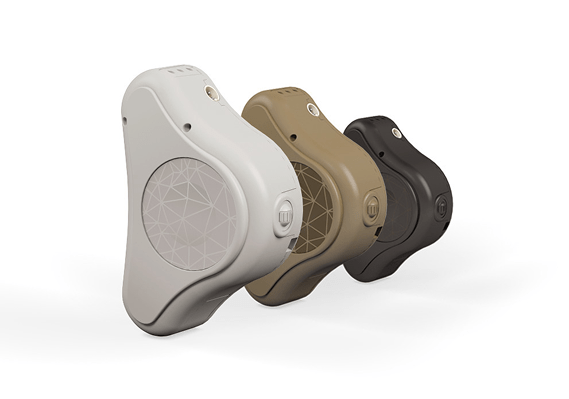
FREQUENTLY ASKED QUESTIONS
Did you know ?
- 1 in 5 pre-school children may have glue ear at any one time
- On average, 8 out of 10 children will experience glue ear before the age of 10
- Glue ear is the most common hearing condition we treat in children
- There are 50,000 children with hearing loss in the UK. Of these, approximately 25,000 children are born with hearing loss and the other half develop hearing loss during their early years
- The human brain completes 85% of its physical growth by the age of 3 1/2 and therefore these first years of life are critically important to developing spoken language through listening.
